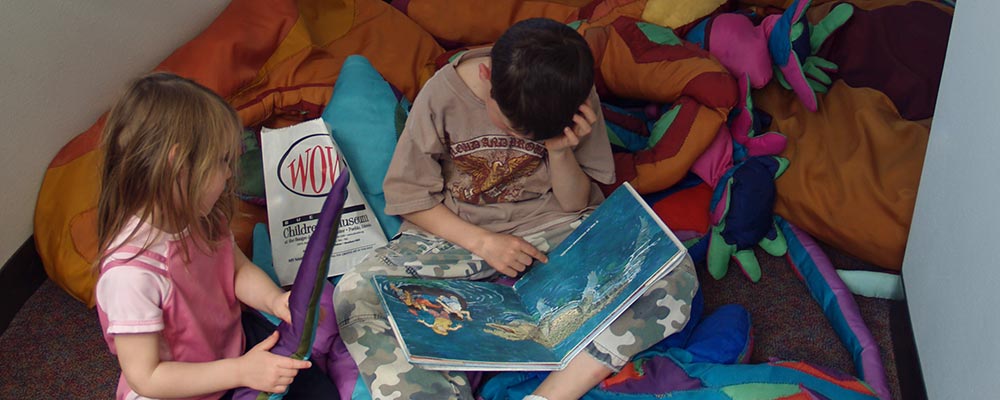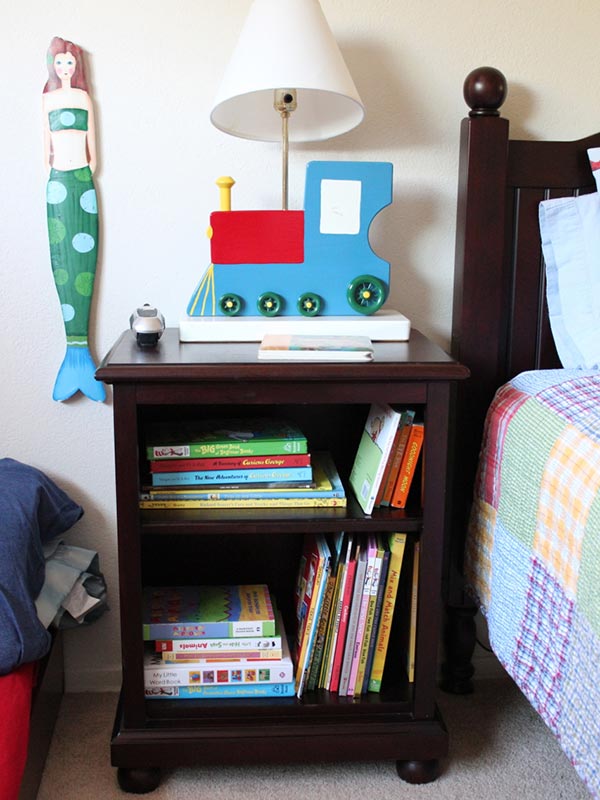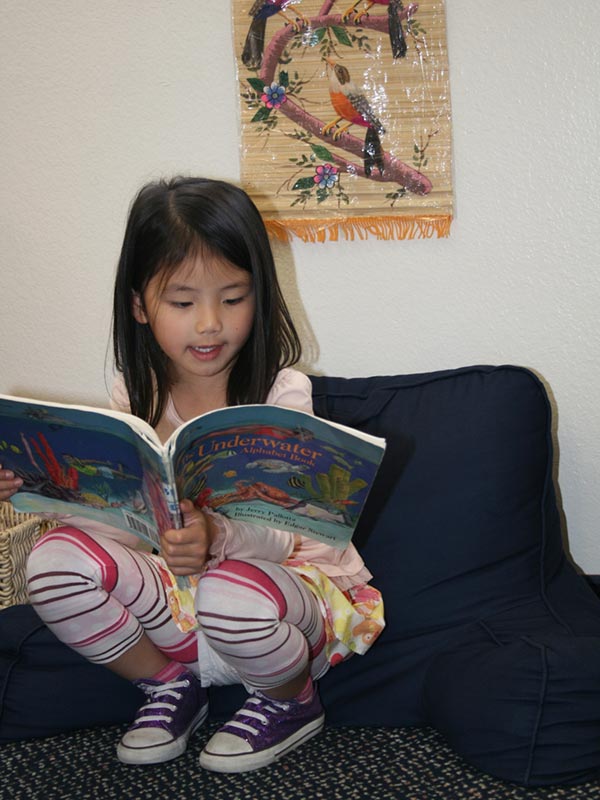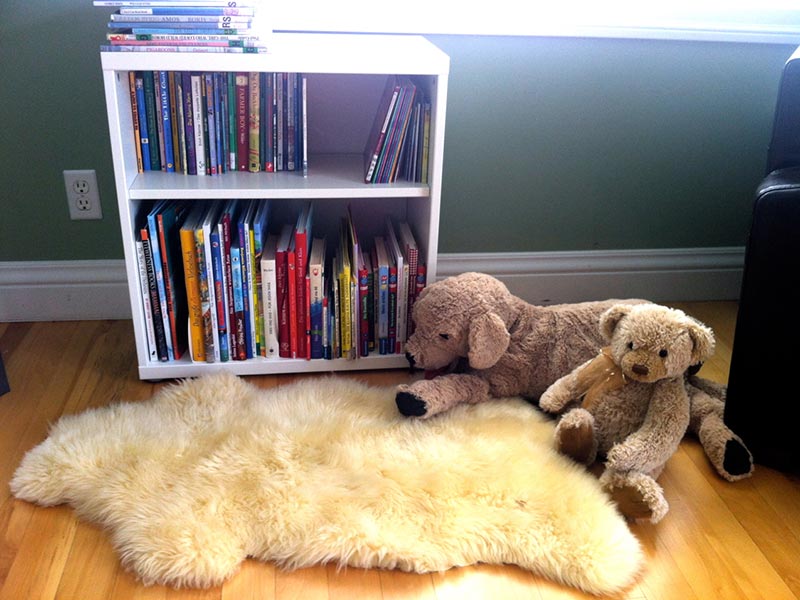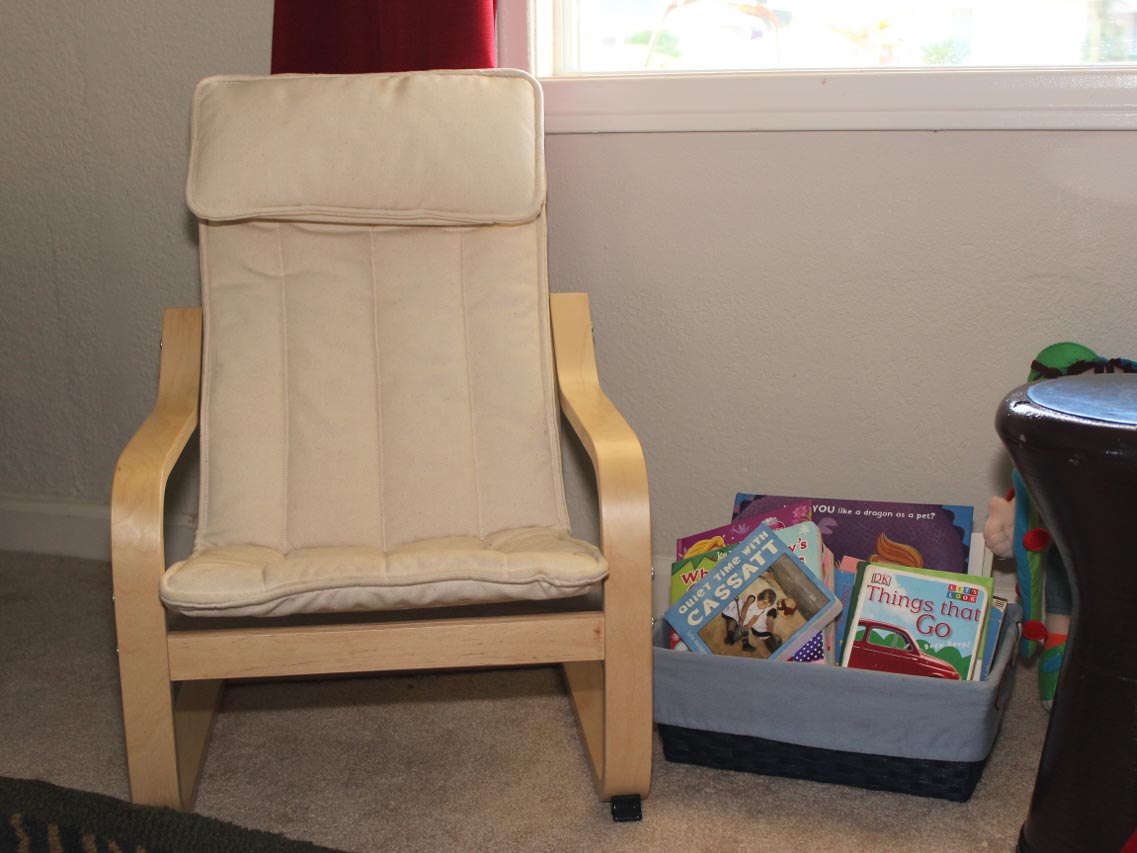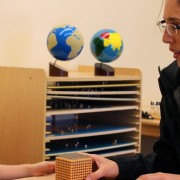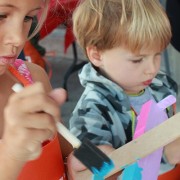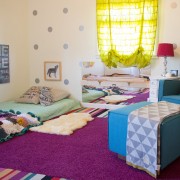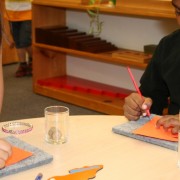LePort Blog: A Prepared Reading Environment
Part two of four of our reading aloud blog post series
Just as a piece of land has to be prepared beforehand if it is to nourish the seed, so the mind of the pupil has to be prepared in its habits if it is to enjoy and dislike the right things. Aristotle
In Montessori classroom, much of the magic happens because children act within a carefully prepared environment. Activities are displayed beautifully, always in their proper spots, always ready to use. The children’s time and space to explore is respected for several hours each day. The Montessori guide is an expert at observing, and only stepping in when she finds a child ready for a new lesson, or in need of someone to make a point of interest with a material.
The Montessori prepared environment makes it possible for three- or four-year-olds to enter a classroom, take off their outside clothes, choose an activity and work with focus. It’s an environment that instills a lot of good habits: respecting other’s space, developing a pro-work attitude, using inside voices and walking, not running, in the classroom. If you’ve seen your super-active, noisy, goofy 4-year-old enter his Montessori classroom and be transformed into a serenely joyous, responsible, focused Montessori child, you’ve experienced the power of the prepared environment at work!
In the book The Power of Habits, Charle Duhigg explains that much of what we do happens on auto-pilot: we receive a cue (entering the classroom), which triggers a routine (calming down and picking an activity from a shelf and working on it), which in turn leads to a reward (the feeling of accomplishment of having mastered a new skill.) To instill any habit, Duhigg argues, we need to put in place a cue-routine-reward system that supports the change we want to make in our life. The prepared environment, in Montessori, functions as such a system, and supports what we call the childhood choice to learn. Duhigg’s idea of a cue-routine-reward framework is something we can also apply at home to enable our children to develop good habits.
Take, for instance, reading aloud. As we discussed elsewhere, reading can and should be a joyous, daily experience shared by a parent and a child—but for it to be so, certain conditions must be met. If you are already experiencing your own Bed Time Book Club, congratulations! If not, read on for some ideas on how to prepare your home environment to facilitate a habit of reading together.
-
- Create cues for reading. Cues can be certain times of day: right after you come home from picking up from school, first thing in the morning before getting out of bed, right before bed at night. Cues can also be certain areas of the house that invite reading: you can place a book basket by the sofa, out books on the nightstand next to your bed, or upon a low shelf or magazine rack next to your child’s bed. Finally, cues can be certain other activities: why not put a few books in the car, and make it a habit for one parent to read, while the other is driving? Or place a book in your purse—as a reminder to take it out and read when you are waiting anywhere with your children! (iPads and Kindles are great for this: just make sure you always have a book to read to your children at the top of your favorites section—another cue to think about reading, whenever you turn on your device!)
-
- Make it a routine. Your toddler or preschooler is your best ally here: 2- or 4-year-old children love consistency, so if you want to instill the habit of reading, start by making reading at certain times and places an expected, recurring event. In our house, we always read at bedtime—and there is no way our children would ever let us get away without doing it: even when we come home late from a trip, or an evening out, we still have to read at least for a few minutes, or risk the major drama that is a preschooler whose favorite routine has been interrupted!
- Ensure reading is a rewarding experience. By this, we emphatically don’t mean offer rewards: research shows that extrinsic rewards, such as stickers, sweets or even praise, devalue the activities associated with them. Instead, make the reading itself a time you and your children treasure. Cuddle up somewhere comfortable. Have the books close by, so you don’t need to walk to another room to get them. Shut off all electronic distractors, from phones to TV. Be fully present—and really engage in the wonderful worlds you encounter together in the books you read. Importantly, the pleasure of reading needs to be felt by both the children and by you, the parent: the goal is to make you crave reading time just as much as your children do, so you won’t want to miss it, ever! For me, no matter how tumultuous a busy evening is, no matter how many limits my 4-year-old tested that night, reading has become a healing factor: when we cuddle up with our books, we feel a comforting bond, a calm and connection that brings us back together as a family at the end of every day.
A reading habit is a powerful habit to instill in our children—and a rewarding way to feel connected to them, every day. Do you have a favorite way of fostering reading with your children? Please share with us in the comments!

